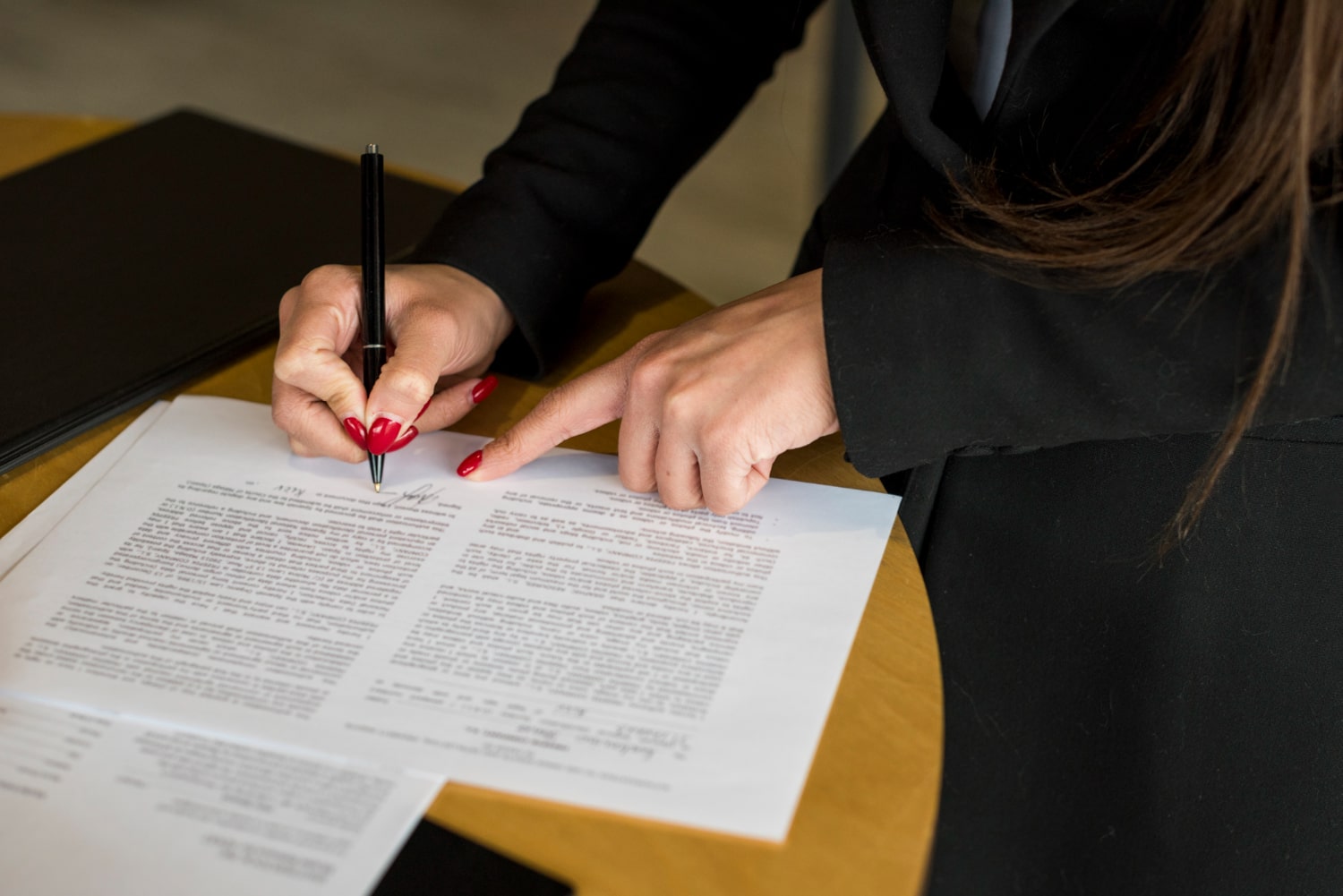
Is Mediation Legally Binding in Personal Injury Cases?
Mediation is a form of alternative dispute resolution that is increasingly being used in personal injury cases to resolve disputes without going to court. This approach allows disputing parties to engage in a facilitated negotiation, aiming to reach a mutually acceptable settlement. Mediation in personal injury cases, often referred to as personal injury mediation, provides a less adversarial and more cost-effective alternative to traditional litigation.
This section will provide an overview of mediation and its growing relevance in resolving conflicts that arise from personal injuries, addressing the question: is mediation legally binding in personal injury cases? As mediation continues to gain traction, it offers a way to resolve disputes in a setting that emphasizes collaboration over confrontation. This not only potentially speeds up the resolution process but also reduces the emotional and financial strain on the parties involved. By focusing on negotiation and mutual agreement, mediation can often lead to more satisfactory settlements that are carefully tailored to the specific needs and circumstances of both parties.
Understanding Legal Binding Status of Mediation
While mediation itself offers a flexible and confidential environment for dispute resolution, many wonder, "Is mediation legally binding in personal injury cases?" The answer depends on the agreement reached during the mediation process. Typically, if both parties agree on a resolution and sign a written agreement, the terms of this agreement become enforceable by law. This section will explain the conditions under which personal injury mediation agreements are considered binding, providing clarity on the legal status of these agreements.

To further understand this, it is important to note that the enforceability of mediation agreements hinges on their conformation to legal standards similar to those of contracts. This means that for a mediation agreement to be binding, it must include an offer, acceptance, intention to create legal relations, and consideration. Furthermore, the agreement must be clear and unambiguous, outlining each party's rights and obligations in detail. This clarity ensures that the agreement is not only understood by all parties involved but also stands up to legal scrutiny if enforcement issues arise.
The Mediation Process in Personal Injury Cases
The mediation process in personal injury cases involves several key steps, starting with the selection of a neutral third-party mediator who guides the discussion between the disputing parties. This process typically includes pre-mediation preparations, an opening statement by the mediator, followed by discussions and negotiations to reach a settlement. Understanding these steps can demystify the process of lawsuit mediation, making it more accessible and less intimidating for those involved. This part of the article will outline the typical steps involved in mediation, emphasizing how each stage contributes to achieving a resolution.

The selection of the mediator is a critical first step, as this individual must be impartial and skilled in conflict resolution, often with specific experience in personal injury law. Pre-mediation preparations then involve both parties gathering and preparing documentation and evidence that supports their positions, which they will present during the mediation. The mediator’s opening statement typically sets the tone for the session, emphasizing confidentiality, the voluntary nature of the process, and the goal of reaching a mutually agreeable solution.
During the mediation itself, each party has the opportunity to present their case, after which the mediator may facilitate back-and-forth discussions and private caucuses with each party separately. This is designed to allow each side to express their needs and interests openly, without direct confrontation, and helps the mediator identify possible areas of agreement. As the process continues, the mediator works with the parties to explore potential solutions and negotiate the terms of the settlement. This often iterative process continues until a resolution is reached or until it becomes apparent that a resolution is unlikely. Each of these steps is designed to foster a constructive dialogue that ideally leads to a satisfactory settlement for all parties involved.
Benefits of Choosing Mediation Over Litigation
Choosing mediation over litigation in personal injury cases offers several significant benefits. These include lower costs compared to court trials, faster resolution of disputes, and a more amicable settlement process that preserves relationships. Mediation also allows for more creative solutions that a court might not be able to provide. This section will detail these advantages, helping readers understand why mediation might be the better choice and reinforcing the concept of mediation as a binding and effective resolution method in personal injury cases.

The cost-effectiveness of mediation is one of its most appealing attributes. Litigation can be exceedingly expensive due to attorney fees, court costs, and the lengthy duration of trial proceedings. In contrast, mediation often requires only a fraction of these costs. The speed of mediation is another critical advantage; whereas litigation can extend for years, mediation can typically be completed in a matter of days or weeks. This expediency not only reduces financial strain but also emotional stress for the parties involved.
Additionally, mediation offers a more personalized and flexible approach to dispute resolution. Unlike the rigid nature of court proceedings, mediation sessions allow parties to openly discuss their feelings and viewpoints, and mutually explore various avenues for resolution. This often results in more tailored and satisfactory outcomes that address the specific interests and needs of all parties. Moreover, since mediation is a collaborative rather than adversarial process, it generally helps maintain, and sometimes even strengthen, existing relationships.
This aspect is particularly important in disputes involving parties who will continue to interact after the case is resolved, such as business partners or family members. Overall, the benefits of mediation make it a compelling alternative to litigation, especially in personal injury cases where the parties may seek a quicker, less costly, and more harmonious resolution.
How to Prepare for a Mediation Session
Effective preparation is crucial for successful mediation. Parties are advised to come well-prepared with all necessary documentation, a clear understanding of the facts of the case, and realistic expectations about the outcomes. Additionally, understanding the mediation process and its potential to be a legally binding resolution can significantly influence the strategies adopted during personal injury mediation. This section will provide detailed tips on preparing for a mediation session, such as gathering necessary documentation, understanding your goals, and being ready to negotiate in good faith.

To start, gathering necessary documentation involves collecting all relevant information that can support your position or clarify the circumstances of the case. This may include medical records, witness statements, receipts, photographs of injuries or damages, and any correspondence related to the incident. Having these documents organized and ready for discussion can help streamline the mediation process and ensure that all pertinent facts are considered.
Understanding the goals for the mediation session is also vital. Parties should reflect on what they truly wish to achieve from the mediation, including any minimum terms they find acceptable. This preparation allows individuals to enter mediation with a clear strategy and to stay focused on their objectives during negotiations. Additionally, setting realistic expectations about the possible outcomes of the mediation helps prevent disappointment and facilitates a more open approach to compromise and collaboration.
Being ready to negotiate in good faith is another essential aspect of preparing for mediation. This means approaching the session with an open mind and a willingness to consider the perspectives and interests of the other party. Good faith negotiation involves a willingness to communicate clearly, make reasonable concessions, and work towards a mutually beneficial agreement. It also entails maintaining a respectful and constructive attitude throughout the process, which can significantly increase the likelihood of reaching a satisfactory settlement.
Lastly, it might be beneficial for parties to familiarize themselves with the mediation process and understand how agreements are formalized. Knowing that the outcomes could be legally binding should encourage all involved to take the discussions seriously and to strive for an agreement that is fair and enforceable. This understanding underscores the importance of the mediation session and its potential impact on the resolution of the dispute.
Successful Mediation in Personal Injury
Illustrating the success of mediation with real-life examples can provide valuable insights and encourage parties to consider this route. These examples will highlight how mediation has been effectively used to resolve disputes, potentially avoiding lengthy and costly litigation processes.

One such case involved a car accident where both parties suffered injuries and there was significant disagreement over liability and damages. Through mediation, they were able to clarify the sequence of events, understand each other's perspectives, and reach an agreement on compensation without the need for a trial. The mediator facilitated a dialogue that allowed both parties to express their concerns and negotiate a settlement that addressed their individual needs and circumstances.
Another case involved a workplace injury that resulted in a long-term disability. The employer and employee were initially at odds over the compensation amount and the coverage of medical expenses. Mediation provided a platform for both parties to discuss their views in a controlled environment, leading to a better understanding of the legal and emotional aspects of the case. The resulting agreement included not only a satisfactory compensation package but also provisions for the employee's medical treatment and rehabilitation.
These case studies demonstrate the power of mediation to resolve complex personal injury disputes in a manner that is satisfactory to all parties. By focusing on negotiation and mutual respect, mediation helps preserve relationships and provides a resolution that might not be possible through more adversarial legal processes. This approach not only saves time and resources but also promotes a sense of justice and closure for the parties involved.
When to Choose Mediation
The concluding section will summarize when mediation is most appropriate for personal injury cases and what factors should be considered when deciding on this method of dispute resolution. It will emphasize the conditions under which mediation is binding and the advantages it offers over traditional litigation. By understanding these factors, parties can make informed decisions about whether mediation is the right path for their specific circumstances.
Mediation is particularly well-suited to personal injury cases where the parties seek a quicker resolution and wish to avoid the emotional and financial costs of a court trial. It is ideal in situations where the parties are open to dialogue and there is a potential for negotiation. Consider choosing mediation if there is a need to maintain a relationship with the other party post-dispute, such as in accidents involving acquaintances or coworkers, where ongoing interactions are inevitable.
Mediation should be considered when the parties desire more control over the outcome. Unlike a court verdict, which is decided by a judge or jury, mediation allows the parties themselves to create and agree on the solution. This can result in more creative and flexible settlements that better meet the specific needs of all involved.
Parties should also be aware of the conditions that make mediation binding. A mediation agreement becomes legally enforceable when it is drafted as a written contract, signed by all parties.Understanding that such agreements are subject to legal standards can provide assurance that the resolution reached is not only mutually agreeable but also adheres to legal formalities.
In summary, mediation offers a confidential, cost-effective, and amicable way to resolve personal injury disputes. It empowers the parties to negotiate directly and craft settlements that are tailored to their unique situation. By weighing these advantages against the nature of their conflict and their relationship with the other party, individuals can determine if mediation is the best approach for resolving their personal injury case.
When and Why Do You Require a Dog Bite Attorney?
The Crucial Period: How Long After Car Accident Can You Claim Injury?


